
The Heartbeat of Boston: Downtown
Discover Downtown Boston: A Blend of Historic Charm and Modern Vibrancy in the Heart of the City.
Downtown Boston is the vibrant core of the city, where history and modernity coexist in an exciting fusion. As you wander through the streets, you'll find yourself surrounded by iconic landmarks, from the historic Faneuil Hall to the towering skyscrapers that define the city’s skyline. This area is a bustling hub of activity, offering a mix of cultural experiences, shopping, dining, and entertainment to suit every taste. A stroll through Downtown Boston is like walking through a living museum. The Freedom Trail, a red-brick path that guides you to 16 historically significant sites, starts here. This trail will take you on a journey through the American Revolution, with stops at the Old South Meeting House, the Boston Massacre Site, and Paul Revere's House. For a modern twist, visit the New England Aquarium or catch a performance at the renowned Boston Opera House. Food lovers will delight in the diverse culinary landscape of Downtown Boston. Quincy Market, within the historic Faneuil Hall Marketplace, offers a variety of local and international dishes. From fresh seafood at the Union Oyster House, the oldest operating restaurant in the United States, to gourmet dining at contemporary establishments, there's something for every palate. Shopping enthusiasts can explore a range of boutiques, department stores, and unique shops along Washington Street and in the Downtown Crossing area. Whether you're a history buff, a foodie, or simply looking to soak in the vibrant atmosphere, Downtown Boston has something to offer every visitor. Its blend of old-world charm and modern amenities makes it a must-visit destination on any trip to Boston.
Local tips in Downtown
- Start your visit early in the day to avoid crowds, especially at popular sites like Faneuil Hall and the Freedom Trail.
- Wear comfortable walking shoes as many attractions are best explored on foot.
- Take advantage of the Boston Public Library's free tours to learn more about the city's history.
- Check the schedule for seasonal events and festivals happening at the Boston Common or Downtown Crossing.
The Heartbeat of Boston: Downtown
Downtown Boston is the vibrant core of the city, where history and modernity coexist in an exciting fusion. As you wander through the streets, you'll find yourself surrounded by iconic landmarks, from the historic Faneuil Hall to the towering skyscrapers that define the city’s skyline. This area is a bustling hub of activity, offering a mix of cultural experiences, shopping, dining, and entertainment to suit every taste. A stroll through Downtown Boston is like walking through a living museum. The Freedom Trail, a red-brick path that guides you to 16 historically significant sites, starts here. This trail will take you on a journey through the American Revolution, with stops at the Old South Meeting House, the Boston Massacre Site, and Paul Revere's House. For a modern twist, visit the New England Aquarium or catch a performance at the renowned Boston Opera House. Food lovers will delight in the diverse culinary landscape of Downtown Boston. Quincy Market, within the historic Faneuil Hall Marketplace, offers a variety of local and international dishes. From fresh seafood at the Union Oyster House, the oldest operating restaurant in the United States, to gourmet dining at contemporary establishments, there's something for every palate. Shopping enthusiasts can explore a range of boutiques, department stores, and unique shops along Washington Street and in the Downtown Crossing area. Whether you're a history buff, a foodie, or simply looking to soak in the vibrant atmosphere, Downtown Boston has something to offer every visitor. Its blend of old-world charm and modern amenities makes it a must-visit destination on any trip to Boston.
Iconic landmarks you can’t miss
The Paul Revere House
Explore the Paul Revere House in Boston's North End, a historic site that brings American revolutionary history to life amidst charming colonial streets.

Old State House
Discover the Old State House in Boston, a historical landmark and museum showcasing the rich narrative of America's revolutionary past.
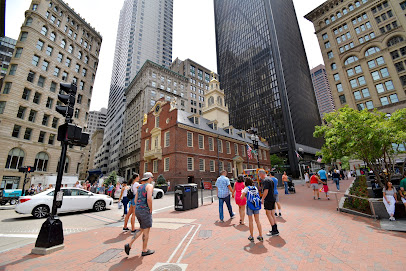
Boston Massacre Site
Explore the Boston Massacre Site, a historical landmark that marks a pivotal moment in the fight for American independence, located in vibrant downtown Boston.
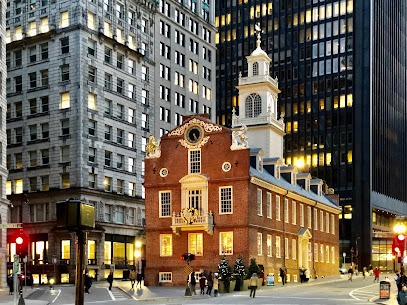
Boston's Old City Hall
Discover Boston's Old City Hall, a historical landmark showcasing stunning architecture and a rich cultural heritage in the heart of downtown.
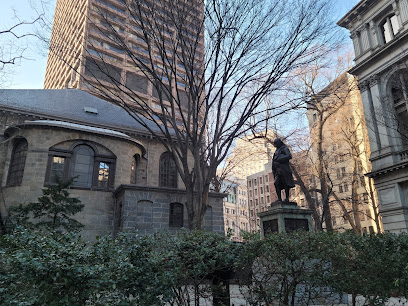
Boston Irish Famine Memorial
Explore the Boston Irish Famine Memorial, a powerful tribute to the resilience of Irish immigrants during the Great Famine, located in the heart of Boston.
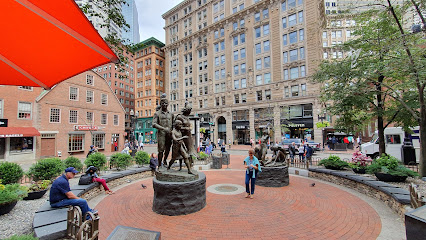
The Boston Stone
Uncover the rich history of Boston at The Boston Stone, a unique landmark that connects visitors to the city's colonial past.
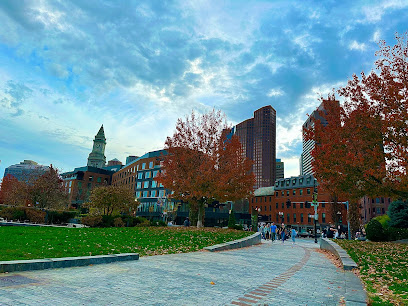
Ben Franklin House
Explore the legacy of Benjamin Franklin at the historic Ben Franklin House in the heart of Boston, a must-see for history enthusiasts and curious travelers alike.

Boston Foundation Monument
Explore the Boston Foundation Monument, a historical landmark in Beacon Hill that embodies the city's rich heritage and philanthropic spirit.
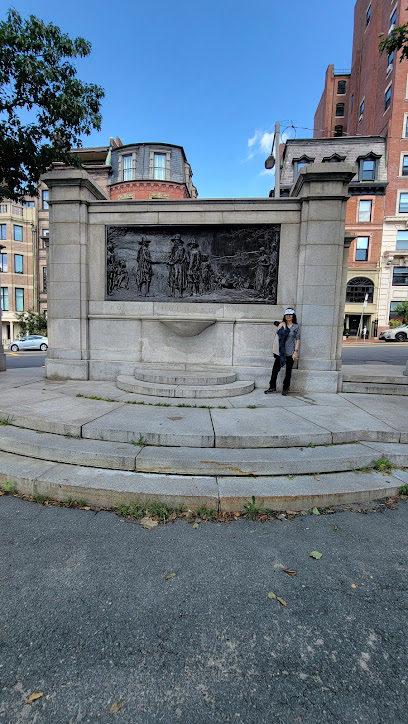
Boston Downtown Mural
Discover the Boston Downtown Mural, a stunning artistic landmark that encapsulates the city's vibrant culture and rich history in a spectacular visual display.
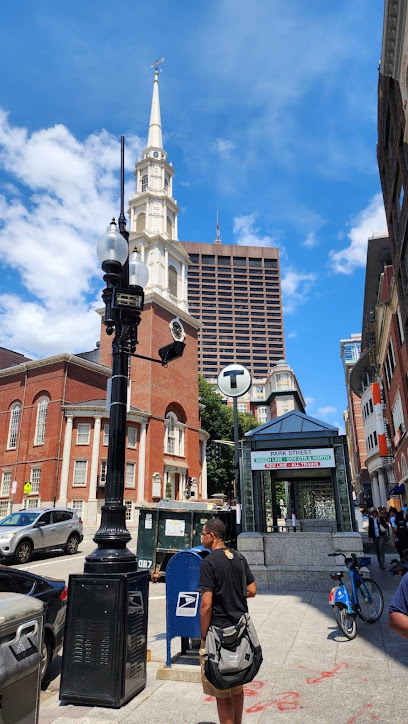
Temple Place Historic District
Explore the Temple Place Historic District in Boston, where stunning architecture meets rich history and vibrant shopping experiences.
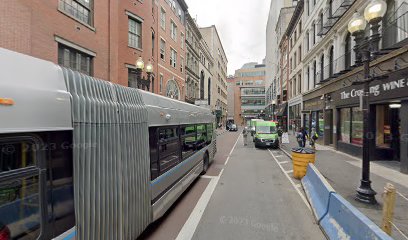
Unmissable attractions to see
Boston Common
Discover Boston Common: A historic park blending natural beauty and rich heritage in the heart of Boston, perfect for relaxation or exploration.
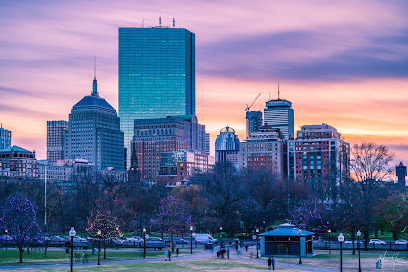
Museum of Science
Explore the Museum of Science in Boston, where interactive exhibits and stunning displays ignite curiosity and inspire the next generation of innovators.
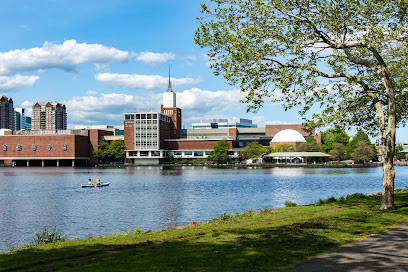
Chinatown Gate
Discover the vibrant heart of Boston's Chinatown at the iconic Chinatown Gate, a symbol of cultural heritage and culinary delight.
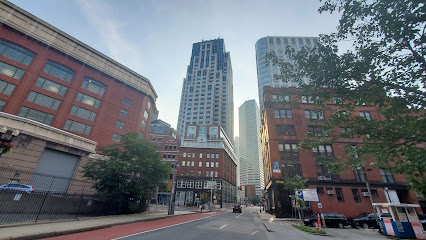
Long Wharf
Experience the historic charm and vibrant atmosphere of Long Wharf, Boston's waterfront hub for exploration and relaxation.
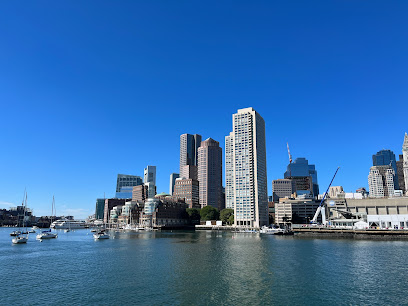
Observation Deck at Independence Wharf
Discover stunning views of Boston's skyline and harbor at the Observation Deck at Independence Wharf, a serene escape in the bustling city.
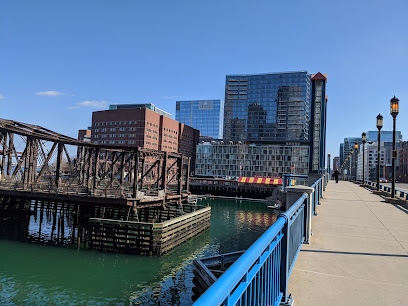
The Boston Stone
Explore the historical significance of The Boston Stone, a hidden gem that connects visitors to the rich past of Boston amidst its vibrant surroundings.
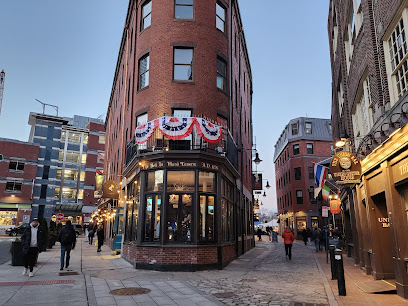
Boston Downtown Mural
Discover the Downtown Mural in Boston, a vibrant artistic landmark that captures the city's rich culture and history in stunning visual form.
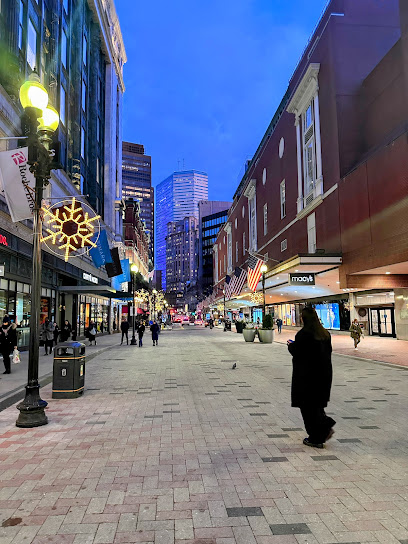
Harborwalk
Discover the stunning waterfront views and vibrant atmosphere of Boston's Harborwalk, a perfect blend of nature and urban exploration.
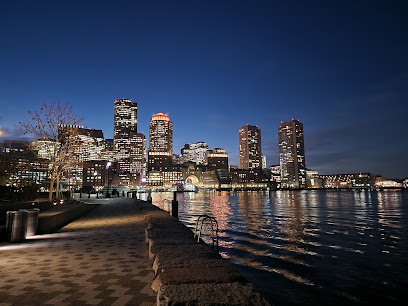
Essential places to dine
Bostonia Public House
Experience the vibrant flavors of New England at Bostonia Public House - your go-to spot for brunch, live music, and unforgettable dining in downtown Boston.
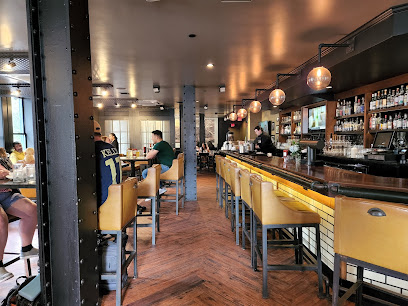
Yvonne's
Discover Yvonne's in Boston: A premier New American restaurant offering exquisite cuisine and an inviting bar atmosphere for unforgettable dining experiences.
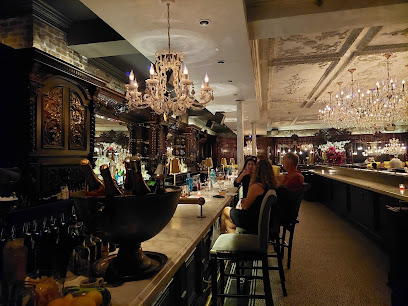
RUKA
Discover RUKA in Boston - where sushi meets Peruvian cuisine for an unforgettable dining experience.

Back Deck
Discover Back Deck: A family-friendly bar & grill in Downtown Boston offering delicious American cuisine with New England charm.
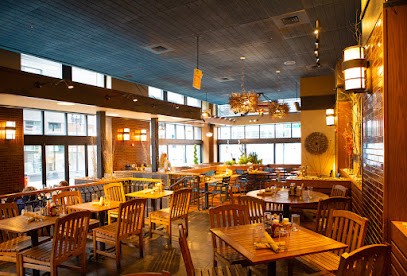
Shōjō Boston
Experience the vibrant flavors of Asia at Shōjō Boston - where tradition meets innovation in every dish.
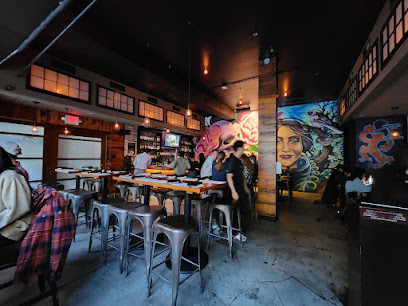
No.9 Park
Experience exquisite French cuisine at No.9 Park in Downtown Boston - where culinary artistry meets elegant dining.
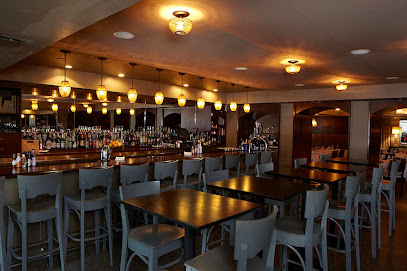
French Quarter
Explore the French Quarter: A Culinary Gem in Boston Offering Contemporary Louisiana Cuisine and Lively Cocktails.

Blu
Discover Blu in Downtown Boston: where fine dining meets American and Italian flavors in an elegant setting.
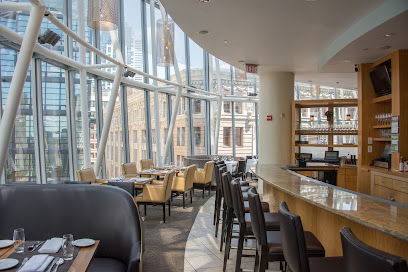
Vintage Restaurant and Lounge
Experience the vibrant fusion of fine dining and nightlife at Vintage Restaurant and Lounge in Downtown Boston.
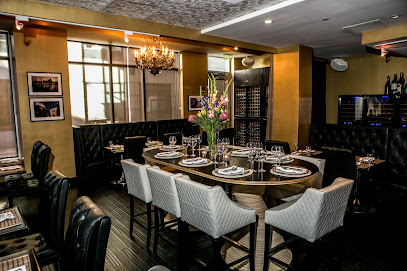
Artisan Bistro
Experience modern American cuisine at Artisan Bistro in Boston's Ritz-Carlton; where local ingredients meet culinary artistry.
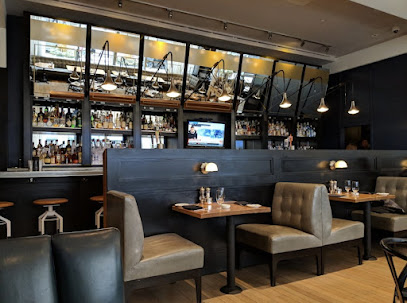
Markets, malls and hidden boutiques
Best of Boston
Discover unique Boston-themed gifts and local artisan crafts at this charming gift shop, perfect for souvenirs and keepsakes.
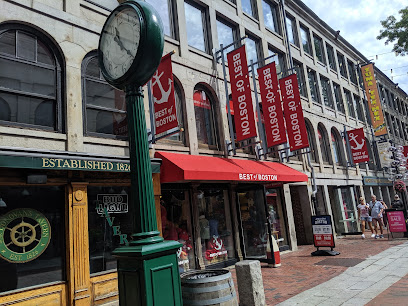
Essex Corner
Explore the vibrant treasures of Essex Corner in Boston, where unique Asian goods and local crafts await every curious traveler.
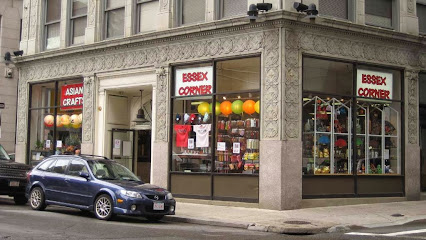
Underground Express Souvenir Shop
Explore the Underground Express Souvenir Shop in Boston for unique gifts, local treasures, and unforgettable keepsakes that celebrate the city's rich culture.
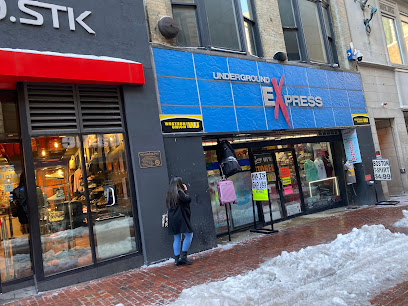
Job Tyler's General Store
Explore Job Tyler's General Store in Boston's Faneuil Hall Market for unique gifts and local treasures that capture the city's spirit.
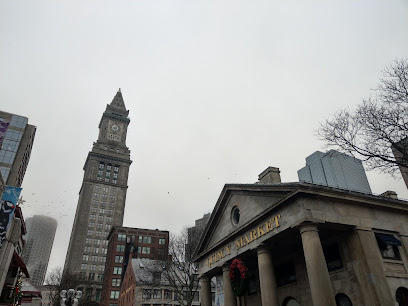
Shake the Tree
Discover unique fashion and local artistry at Shake the Tree, a charming boutique in Boston's North End that reflects the city's stylish vibe.
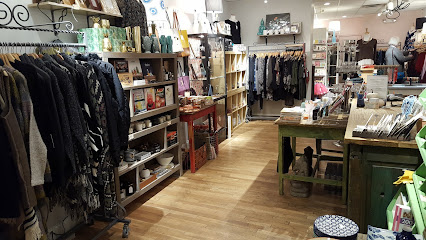
Loft & Vine
Explore Loft & Vine in Boston's North End for unique gifts, locally-sourced treasures, and a taste of the city's artistic spirit.
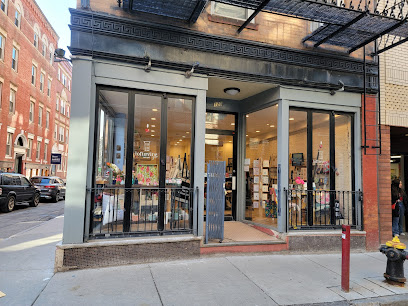
State Street Express
Explore the heart of Boston with unique gifts and local treasures at State Street Express, your go-to gift shop in downtown.

Artists for Humanity - The Store
Explore the vibrant creativity of Boston at Artists for Humanity - The Store, where local art meets unique souvenirs for every traveler.
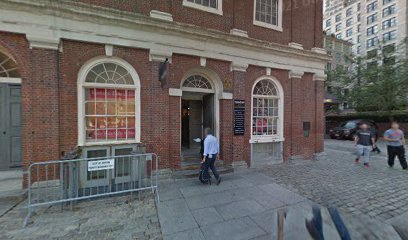
Neighborhoods
Discover the best souvenirs and local crafts at the Souvenir Store in Faneuil Hall Marketplace, Boston's vibrant shopping destination.
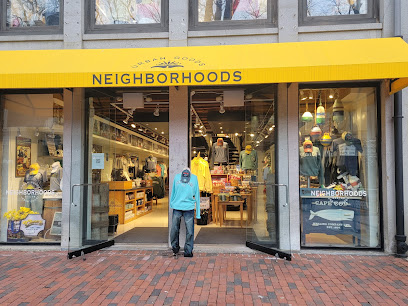
Unique Boutique
Explore Unique Boutique in Downtown Boston for stylish clothing and accessories that reflect local trends and sustainable fashion choices.
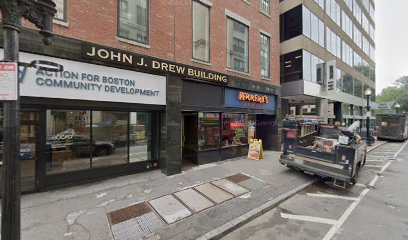
Essential bars & hidden hideouts
The Black Rose
Experience authentic Irish culture at The Black Rose, Boston's beloved pub serving hearty meals, vibrant music, and a warm atmosphere.
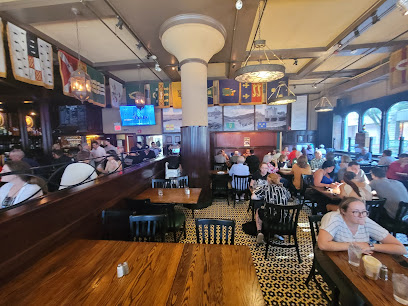
The Bell In Hand Tavern
Discover the heart of Boston's nightlife at The Bell In Hand Tavern, a historic bar offering delicious food, drinks, and lively entertainment.

jm Curley
Discover jm Curley, a vibrant grill and cocktail bar in Downtown Boston offering a delicious blend of American cuisine and an inviting atmosphere.
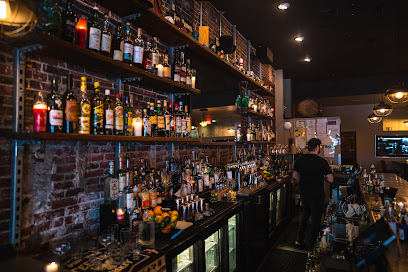
Biddy Early's
Discover Biddy Early's, a lively Boston pub offering a warm atmosphere, diverse drink selection, and unforgettable local experiences in the heart of the city.
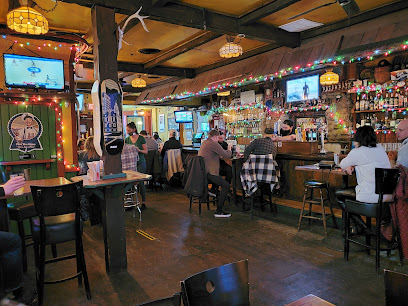
Sip Wine Bar and Kitchen
Experience exquisite wines and delectable American cuisine at Sip Wine Bar and Kitchen, Downtown Boston's premier dining destination.
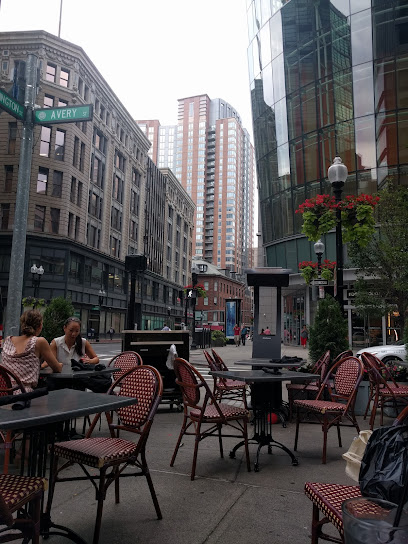
Rock & Rye American Bar
Discover the vibrant atmosphere and exceptional flavors of Rock & Rye American Bar, a gastropub in the heart of Boston offering craft cocktails and delicious cuisine.
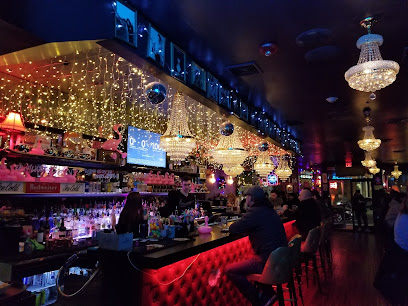
The Last Hurrah
Discover the vibrant atmosphere of The Last Hurrah, Boston's must-visit bar for craft cocktails and a lively ambiance.
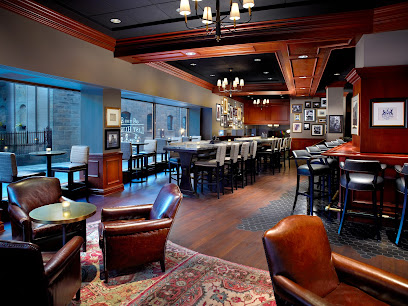
OFFSUIT
Discover OFFSUIT, Boston's premier cocktail bar, where creative drinks meet a lively atmosphere in the heart of the Leather District.
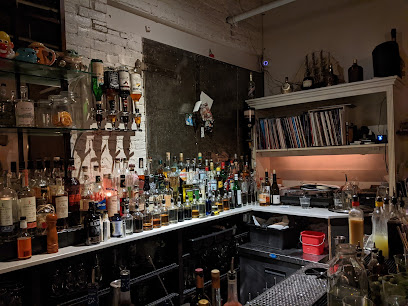
Better Sorts Social Club
Discover Better Sorts Social Club, Boston's top spot for innovative cocktails, small plates, and a vibrant atmosphere in Downtown Crossing.

Avery Bar
Experience the vibrant nightlife of Boston at Avery Bar, a premier cocktail destination in the heart of the city, offering unique drinks and a lively atmosphere.
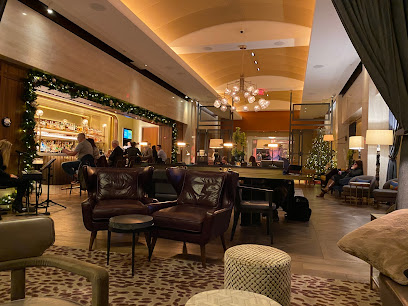
Local Phrases
-
- HelloHey
[hey] - GoodbyeSee ya
[see yah] - YesYeah
[yeah] - NoNah
[nah] - Please/You're welcomePlease/No problem
[please/no problem] - Thank youThanks
[thanks] - Excuse me/SorrySorry
[sorry] - How are you?How's it going?
[hows it goin] - Fine. And you?Good. You?
[good. you] - Do you speak English?You speak English?
[you speak English] - I don't understandI don't get it
[I dont get it]
- HelloHey
-
- I'd like to see the menu, pleaseCan I see the menu?
[can I see the menu] - I don't eat meatI'm vegetarian
[im vegetarian] - Cheers!Cheers!
[cheers] - I would like to pay, pleaseI'll pay now
[ill pay now]
- I'd like to see the menu, pleaseCan I see the menu?
-
- Help!Help!
[help] - Go away!Get lost!
[get lost] - Call the Police!Call the cops!
[call the cops] - Call a doctor!Get a doctor!
[get a doctor] - I'm lostI'm lost
[im lost] - I'm illI'm sick
[im sick]
- Help!Help!
-
- I'd like to buy...I wanna buy...
[i wanna buy] - I'm just lookingJust looking
[just looking] - How much is it?How much?
[how much] - That's too expensiveToo pricey
[too pricey] - Can you lower the price?Can you do any better?
[can you do any better]
- I'd like to buy...I wanna buy...
-
- What time is it?What's the time?
[whats the time] - It's one o'clockIt's one
[its one] - Half past (10)10:30
[ten thirty] - MorningMorning
[morning] - AfternoonAfternoon
[afternoon] - EveningEvening
[evening] - YesterdayYesterday
[yesterday] - TodayToday
[today] - TomorrowTomorrow
[tomorrow] - 1One
[one] - 2Two
[two] - 3Three
[three] - 4Four
[four] - 5Five
[five] - 6Six
[six] - 7Seven
[seven] - 8Eight
[eight] - 9Nine
[nine] - 10Ten
[ten]
- What time is it?What's the time?
-
- Where's a/the...?Where's the...?
[wheres the] - What's the address?What's the address?
[whats the address] - Can you show me (on the map)?Can you show me (on the map)?
[can you show me on the map] - When's the next (bus)?When's the next (bus)?
[whens the next bus] - A ticket (to ....)A ticket to ...
[a ticket to]
- Where's a/the...?Where's the...?
History of Downtown
-
Downtown Boston is the cradle of the city, originally established in 1630 by Puritan settlers from England. The area was chosen for its deep harbor, facilitating trade and commerce. The early settlement was modest, primarily consisting of wooden houses and a meeting house, but it quickly grew into a bustling hub due to its strategic location.
-
On March 5, 1770, Downtown Boston became the site of a pivotal moment in American history known as the Boston Massacre. British soldiers fired into a crowd of colonists, killing five men. This incident fueled anti-British sentiments and was instrumental in galvanizing public opinion against British rule, ultimately contributing to the American Revolution.
-
The Downtown area is closely associated with the American Revolution. Notable events, such as the Boston Tea Party in 1773, occurred in this neighborhood. The Old State House, where the Boston Massacre trial was held, stands as a testament to the area's revolutionary spirit and the burgeoning desire for independence from British governance.
-
In the 19th century, Downtown Boston transformed into a significant commercial center. The arrival of the railroad and the establishment of markets and warehouses contributed to its economic growth. The construction of Faneuil Hall Marketplace in 1742 served as a focal point for trade and public discourse, influencing the city's development well into the modern era.
-
The late 19th and early 20th centuries saw Downtown Boston evolve architecturally, with the construction of iconic buildings like the Boston Custom House and the Old South Meeting House. These structures reflect the city’s historical significance and its adaptation to modern urban needs, showcasing styles from Federal to Gothic Revival architecture.
-
Today, Downtown Boston is not only a financial district but also a cultural epicenter. It hosts various museums, theaters, and historic sites, such as the Boston Opera House and the Boston Common. The neighborhood's rich history continues to attract visitors, making it a vibrant area where past and present coexist harmoniously.
Downtown Essentials
-
Downtown Boston is easily accessible from other neighborhoods by public transportation. The Massachusetts Bay Transportation Authority (MBTA) operates the subway, known as the 'T,' with several lines converging in Downtown. The Orange Line and Green Line are the most direct routes, with stops at Haymarket, Government Center, and Park Street stations. Additionally, buses connect to various neighborhoods, and major train services like Amtrak and the MBTA commuter rail have terminals nearby. For those driving, Downtown is accessible via major highways, but parking can be expensive and limited.
-
Downtown Boston is highly walkable, with most attractions located within a short distance of each other. The 'T' is the best public transit option, with frequent services and easy transfers. Bicycles can be rented through the Bluebikes program, with stations conveniently located throughout the area. Rideshare services like Uber and Lyft are also readily available. Taxis can be hailed on the street or found at designated taxi stands. For longer distances, consider the commuter rail or ferry services that operate from nearby waterfront locations.
-
Downtown Boston is generally safe for tourists, but standard precautions should be taken. Areas around the Boston Common and the Public Garden can be busy, so it's advisable to remain aware of your surroundings, especially when it comes to personal belongings. Some neighborhoods adjacent to Downtown, like parts of Chinatown and the South End, may have higher crime rates. Avoid walking alone late at night in less populated areas and never leave valuables unattended.
-
In case of emergencies, dial 911 for police, fire, or medical assistance. Familiarize yourself with the nearest hospital, which in Downtown is Massachusetts General Hospital. For minor health issues, local pharmacies are available for over-the-counter medications. It’s advisable to have travel insurance that covers emergency medical needs.
-
Fashion: Do dress comfortably and in layers, as the weather can change quickly. Don't wear overly casual attire in upscale dining establishments. Religion: Do respect local customs, particularly when visiting historic churches. Public Transport: Do be courteous and offer your seat to those in need. Don’t engage in loud conversations or phone calls on public transport. Greetings: Do greet locals with a friendly smile. Don’t assume familiarity; a handshake is appropriate. Eating & Drinking: Do try local specialties like clam chowder and lobster rolls. Don’t eat on public transport, as this is frowned upon.
-
To experience Downtown like a local, explore the hidden gems such as the Rose Fitzgerald Kennedy Greenway, a series of parks and public spaces. Visit local coffee shops and bakeries, especially in the North End, and try a cannoli. Attend free events at the Boston Common or along the waterfront during the warmer months. Engage with locals at markets like the Boston Public Market, where you can find fresh produce and artisan goods. Familiarize yourself with the local history by taking a walking tour, focusing on the Freedom Trail and its historical significance.
Nearby Cities to Downtown
-
Things To Do in Quincy
-
Things To Do in Newton
-
Things To Do in Waltham
-
Things To Do in Brockton
-
Things To Do in Lowell
-
Things To Do in Lawrence
-
Things To Do in Gloucester
-
Things To Do in Nashua
-
Things To Do in Pawtucket
-
Things To Do in Worcester
-
Things To Do in Providence
-
Things To Do in Exeter
-
Things To Do in Warwick
-
Things To Do in Provincetown
-
Things To Do in New Bedford













